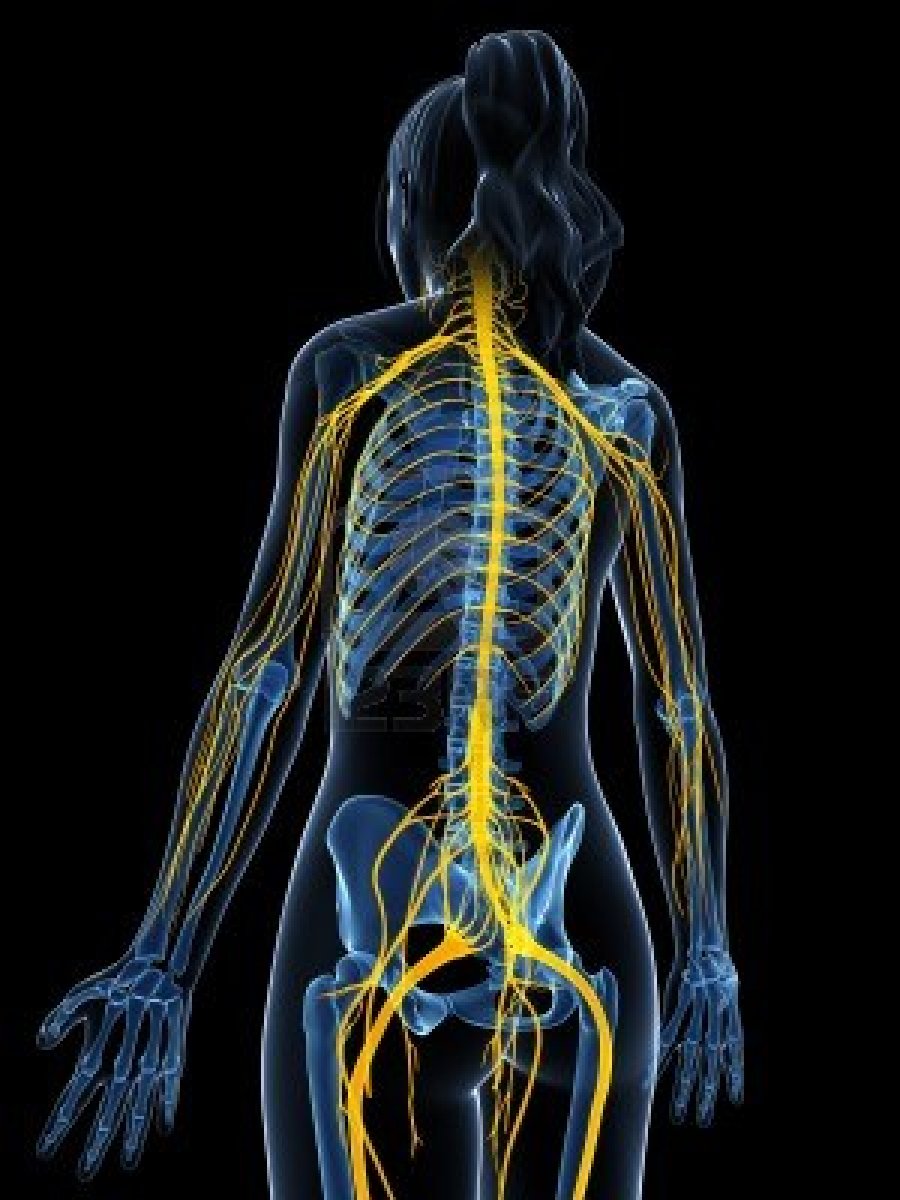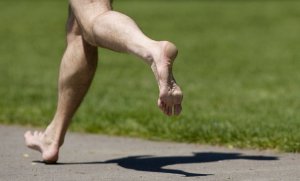
Five Tips to Protect Your Peripheral Nerves
As a Podiatrist, I frequently treat patients complaining of numbness in their feet and legs. From the top of the foot to the lateral aspect of the heel, we typically associate loss of protective sensation with our diabetic clients – however this is not always the case.
We all, regardless of age need to consider our peripheral nerve health!
Through years of treating various nerve entrapments and idiopathic peripheral neuropathies, I have become quite passionate about educating patients and professionals on the importance of protecting our peripheral nerve health as we age.
The Nervous System
Comprised of both the Central Nervous System (CNS) (brain & spinal cord) and Peripheral Nervous System (PNS) (nerves & axons), our nervous system is responsible for coordinating voluntary and involuntary actions.
Our PNS is a complex network of spinal nerves and plexuses branching from the spinal cord and includes the cervical spinal nerves, brachial plexus and lumbosacral plexus. In all of our peripheral nerves there is an afferent (signal to CNS) and efferent (signal to PNS) pathway which controls our movements and actions.
What’s unique about the PNS, as it relates to the foot, is this is where the smallest nerve branches exist. Nerve branches that will have either a sensory (skin) or motor (muscle) function.
Those small nerves that have a sensory function to the skin are referred to as cutaneous nerves or in the bottom of the foot they are our plantar cutaneous receptors. These small plantar cutaneous nerves are responsible for processing information that allows us to maintain quiet stance, manipulate uneven terrain and absorb impact forces.
Foot Fact: Did you know that we have both small nerves and large nerves in our foot? Small nerves can be found in our plantar skin and provide a faster response when compared to large nerves.
Aging and Nerve Health
You have probably read at least a dozen articles advocating the benefits of protecting cognitive function as we age. From exercise to crossword puzzles, there are many ways to keep your brain sharp as you age.
But how much do you think about your peripheral nerve health?
Our ability to maintain an active lifestyle and participate in the activities we enjoy is just as dependent on a strong, healthy peripheral nervous system as it is to cognitive function.
Foot Fact: Did you know that 80% of our plantar mechanoceptors are sensitive to vibration? The sensitivity of these mechanoceptors peaks at age 40 and by age 70 requires twice the stimuli to create the same response.
Tips to Protecting Peripheral Nerves
Tip #1 – Keep blood sugar under control
Although we typically associated elevated blood sugar levels with diabetes, we can all experience fluctuations in our blood sugar levels (think Ben & Jerry’s ice cream).
Elevated glucose in our blood stream is converted to AGEs (advanced glycation end products). The myelin that surrounds our peripheral nerves is sensitive to these AGEs – which cause demyelination and disrupts signal transport.
The formation of AGEs stimulates an increase in oxidative stress, free radical formation and an up-regulation in our pro-inflammatory markers. Or essentially elevated blood sugar levels (even in a non-diabetic) causes aging and degeneration of peripheral nerves (with the foot nerves going first!).
Tip #2 – Consider Nerve Protective Vitamins
When I was in Graduate School a big part of my focus was on vitamin supplementation and diabetic peripheral neuropathy. Having spent so much time researching this topic I became a firm believer in the benefits of the appropriate vitamins in protecting nerve health as we age.
Everyone can benefit from nerve protective supplements – especially if we consider that elevated blood sugar levels (even in a non-diabetic) can start to damage our peripheral nerve function.
Vitamin #1 – L-Methyl Folate
This is not your mother’s folic acid!
L-methyl folate is the activated form of folate (folic acid) which has been shown to increase nerve growth factor. When taken over a period of 6 months studies have shown an increase in epidermal nerve fiber density (or in other words more peripheral nerves!). Link to study
Dosage: 1000 ug X 3 times day
Vitamin #2 – Acetyl-L-Carnitine
ALC is another powerful nerve protective supplement.
ALC has been shown to decrease painful nerve symptoms, as well as increase vibratory sensation. Remember that we maintain balance and absorb impact forces based on our ability to detect vibration so this is extremely beneficial as age!
Dosage: 500mg x 2 times day
Vitamin #3 – R-Lipoic Acid
This is probably my favorite supplement! (Yes I do get that excited over a vitamin)
Touted as one of the most powerful anti-oxidants, ALA has been shown to improve micro-circulation to peripheral nerves while decreasing oxidative stress. A key point about ALA is that it must be taken in the R-LA form. “R” form is one that is biologically active (vs. “S” form).
Dosage: 600mg x 1 time day
Tip #3 – Cardiovascular Exercise
Cardiovascular exercise has many benefits, one of which is related to peripheral circulation. The vascular system, just like the nervous system, is very intelligent meaning that if there is a loss in circulation to one area of a muscle the vascular system will create what’s called collateral circulation (or in other words form new blood vessels). This is why cardiovascular exercise is beneficial for those with peripheral arterial disease.
So just like the collateral circulation formed in muscles, our vascular system can create new micro-vascular pathways to our nerves. The more blood and oxygen to our nerves the healthier they are!
Tip #4 – Myofascial Release
When I have a patient with idiopathic nerve symptoms I often include myofascial work into their recovery program. Our complex network of superficial and deep fascial is intertwined with just as complex of a network of arteries, veins and peripheral nerves.
As our peripheral nerves course from the spine down to the foot it is only inevitable that they may get “stuck” or “sticky” at some point. From muscle adhesions to a loss in fascial flexibility, our inflexibility can often impede nerve conduction.
Just like when you sleep on your arm and wake up with it tingling, to a smaller degree this is what’s happening to our peripheral nerves when they get caught in fascial tissue.
I often recommend to my patients to release their plantar foot, up the back of the calf to the hamstrings and into the glutes and piriformis. For those with nerve symptoms this should be done daily.
Tip # 5 – Go Barefoot!
This one pretty much goes without saying! If our small nerves are on the bottom of the foot we want to keep them sensitive and awake through frequent barefoot stimulation.
Our nervous system is very plastic – which means that it can be shaped, challenged and molded based on the stimuli it encounters. Conversely, if you do not stimulate your peripheral nervous system it will begin to weaken, fade and atrophy.
Whether your barefoot routine includes vibration training, standing on different textures or simply walking around your home – daily barefoot stimulation is enough to keep these small nerves on point!
Want to kick it up a notch? Workout barefoot!
***
To learn more about foot health, barefoot training and EBFA Education
please visit www.ebfafitness.com





